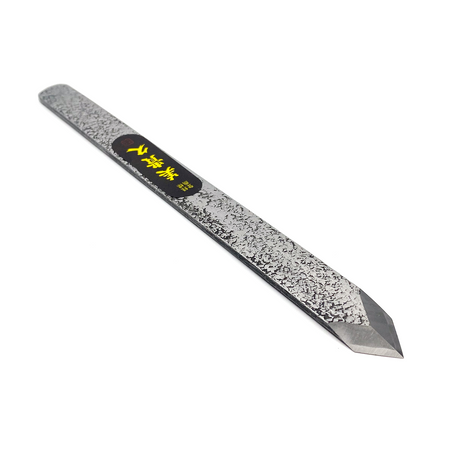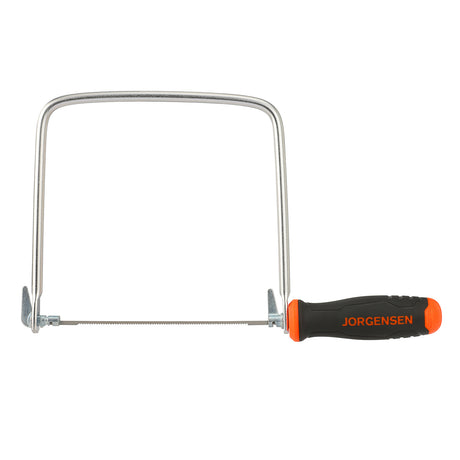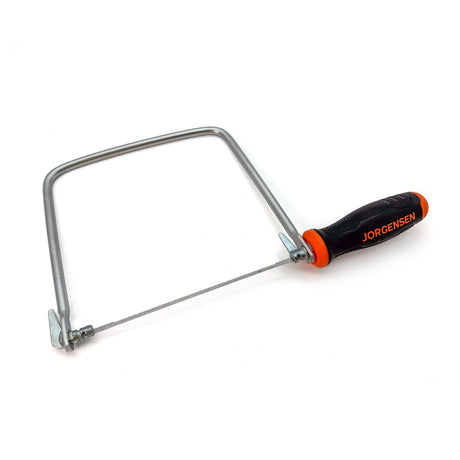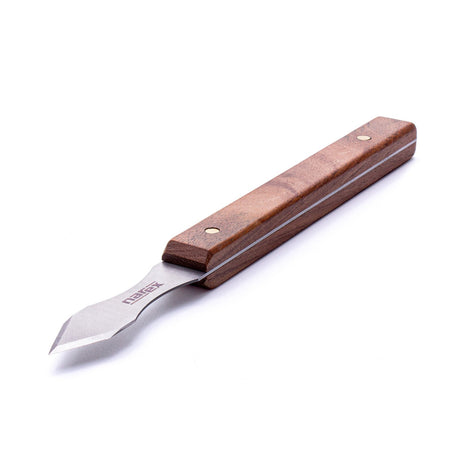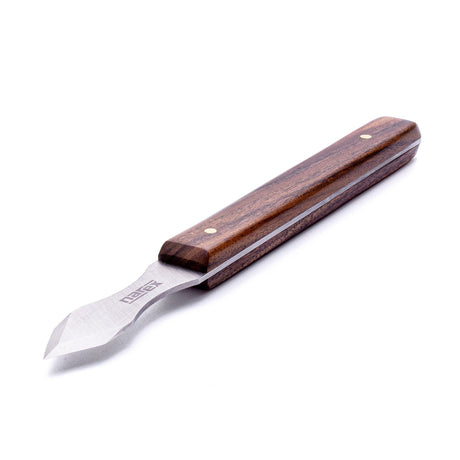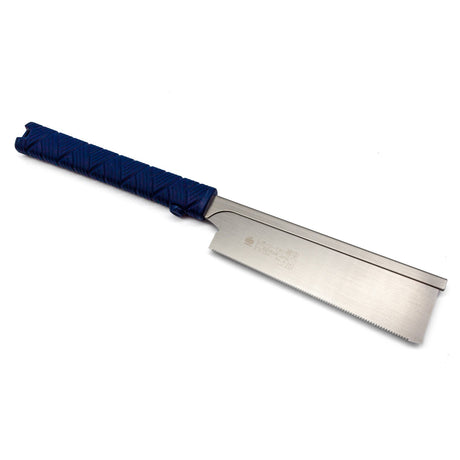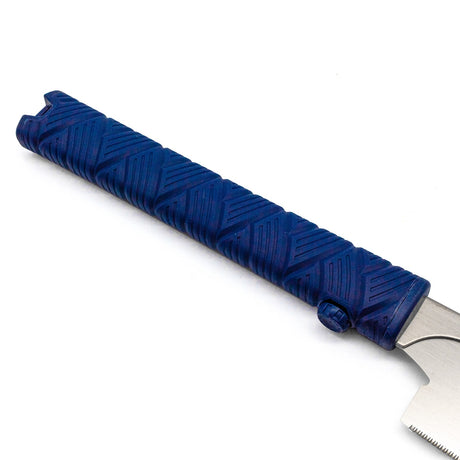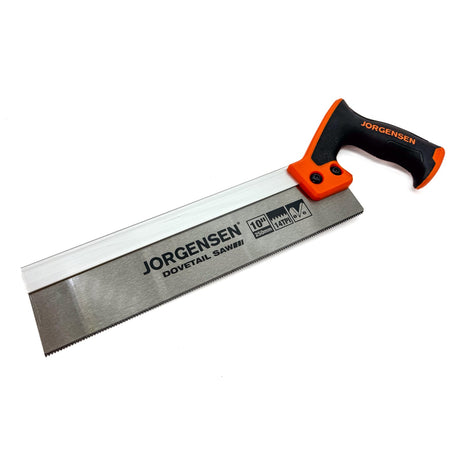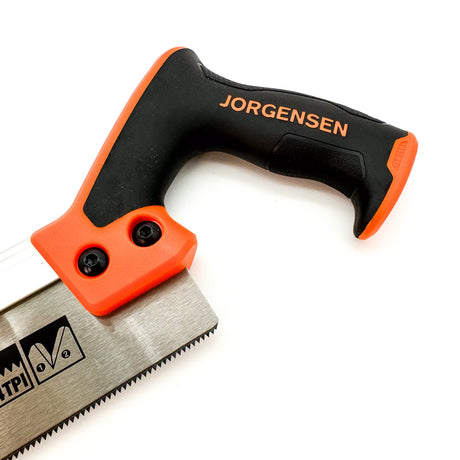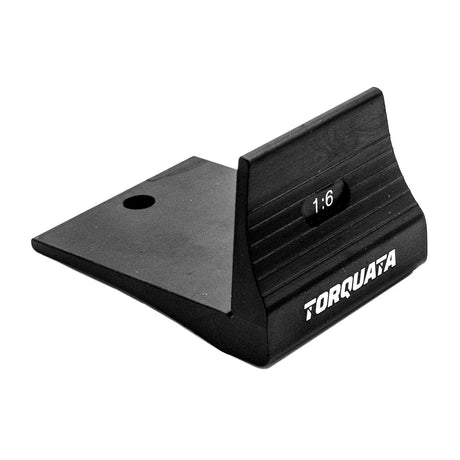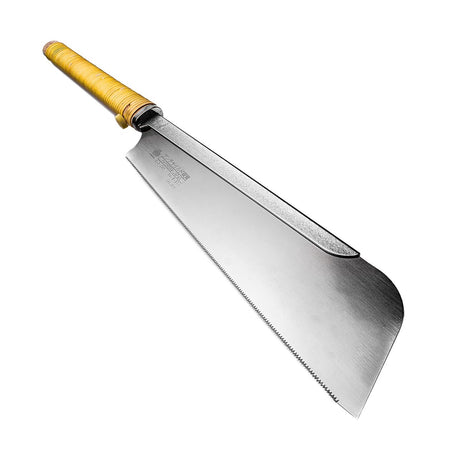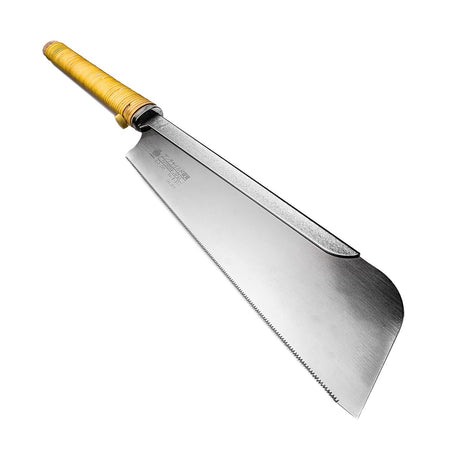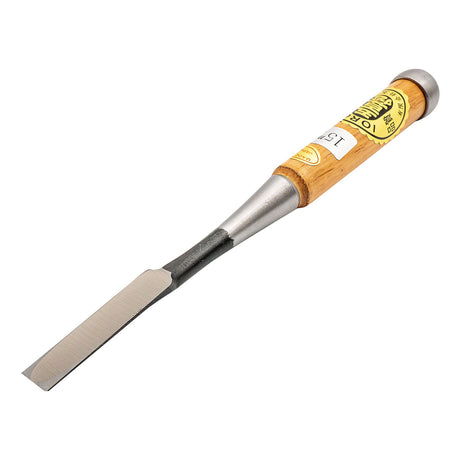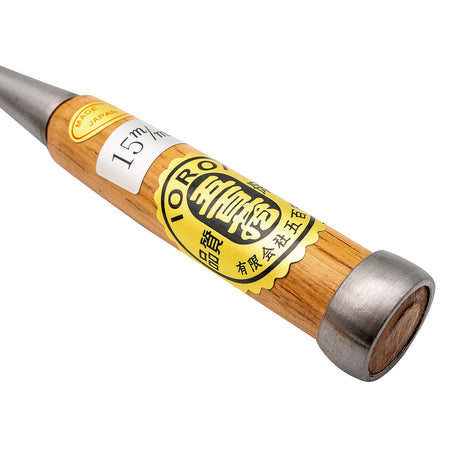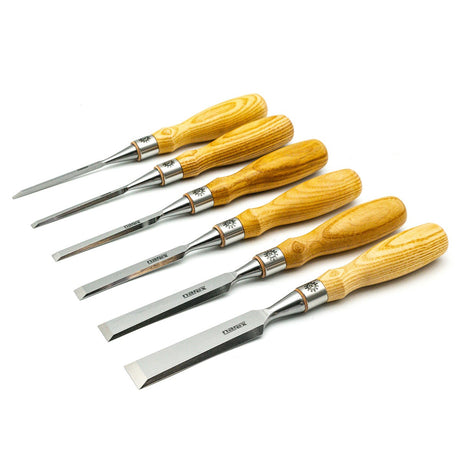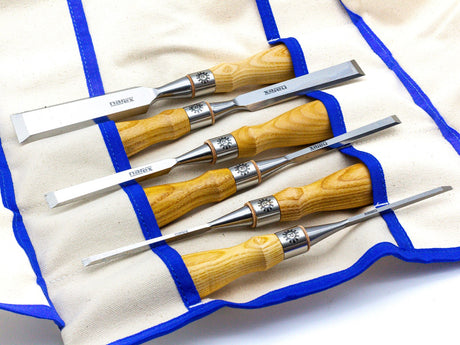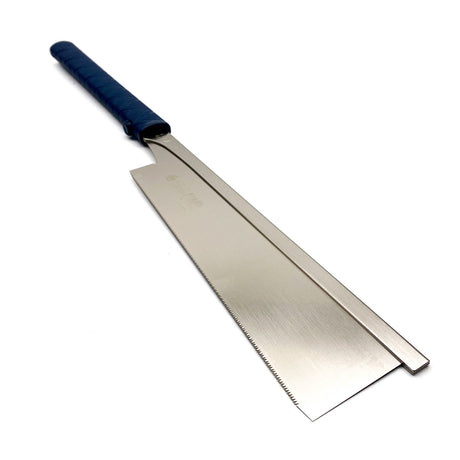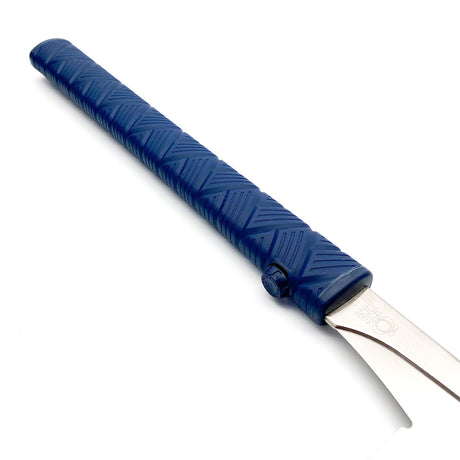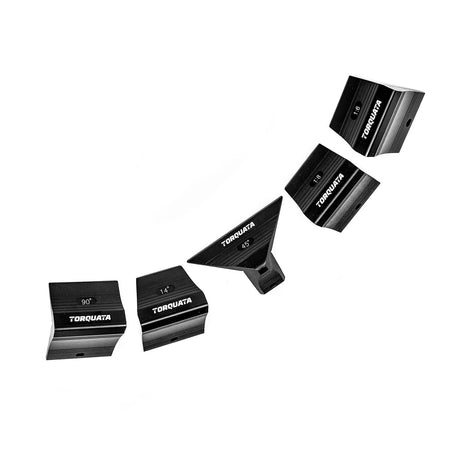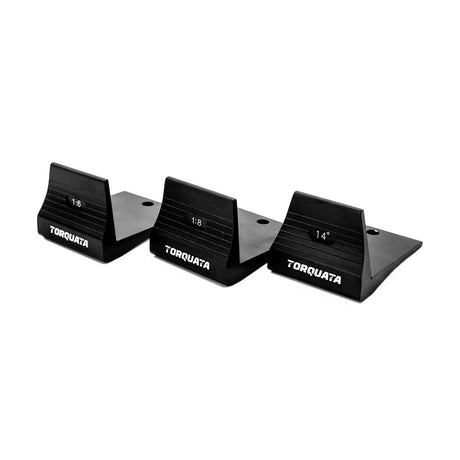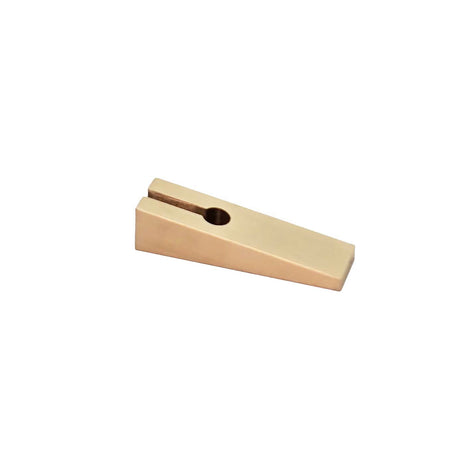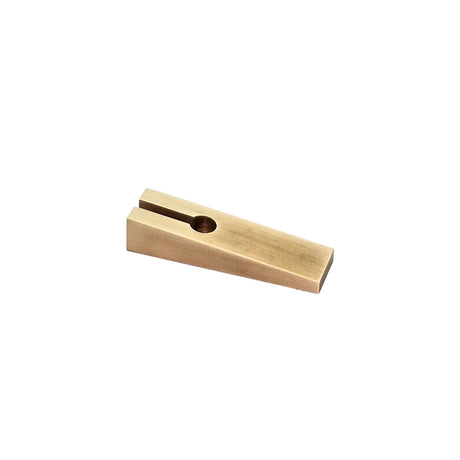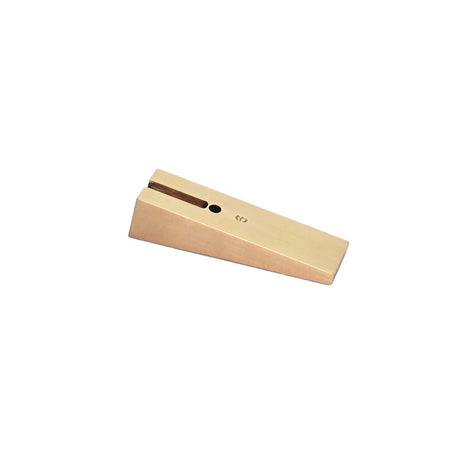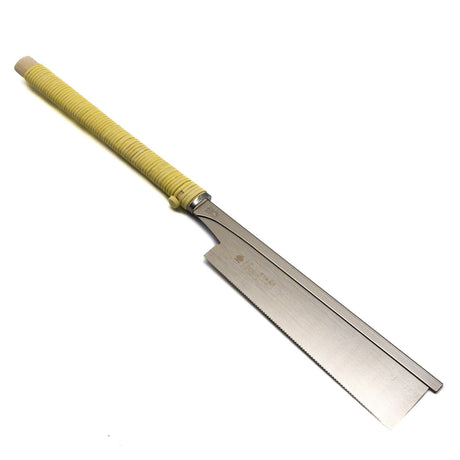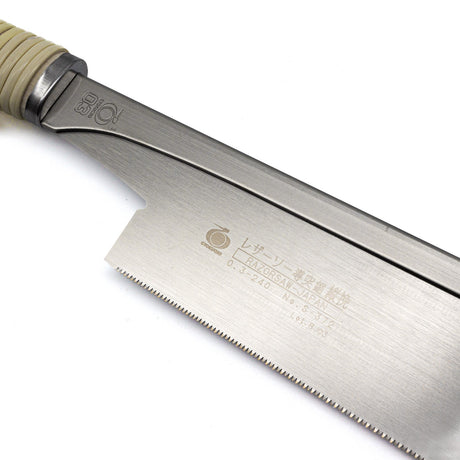Ikeuchi
Ikeuchi Mikihisa Shirabiki V Pointed Japanese Marking Knife 15mm
$39.90Unit price /UnavailableIn stockKirschen
Kirschen Two Cherries Gent's Dovetail Saw 250mm Blade with Spine
$22.50Unit price /UnavailableIn stockNarex
Narex Marking Knife Double Bevel for Left and Right Handed Use
From $52.90Unit price /UnavailableIn stockRazorsaw
Razorsaw Miniature Dovetail Dozuki Japanese Saw 25.4TPI 180mm Blade
$55.90Unit price /UnavailablePony Jorgensen
Pony Jorgensen 10in Dovetail Saw 14TPI Fine Cut Teeth
$19.90Unit price /UnavailableIoroi
Ioroi Japanese Umeki Oire Nomi Chisels with Red Oak Handle
From $93.50Unit price /UnavailableLow stock (8 units)Narex
Narex Set of 6 Cryogenic Steel Cabinet Chisels Bevel Edge in Canvas Roll
$479.90Unit price /UnavailableRazorsaw
Razorsaw Dozuki Japanese Saw 240mm Fine Cut Blade 24.5TPI TPE Handle
$74.90Unit price /UnavailableIn stockTorquata
Torquata Set of 5 Layout Saddles for Dovetails and Box Joints
$91.50$107.50Unit price /UnavailableIn stockIronbark Toolworks
Ironbark Toolworks Solid Brass Dovetail Attachments for Try Squares
$35.00Unit price /UnavailableIn stockRazorsaw
Razorsaw Dozuki Japanese Saw 240mm Rip Cut Blade 19.5TPI TPE Handle
$47.90$79.90Unit price /UnavailableIn stock
Mastering Dovetails with Precision Hand Tools
Hand-cut dovetail joinery is widely regarded as the pinnacle of fine woodworking, blending aesthetics with durable craftsmanship. The tools in this category are essential for producing traditional dovetail joints with precision. Key hand tools include dovetail saws for accurate tail and pin cuts, bevel-edged chisels for paring to layout lines, and marking tools for exact layout transfer—each playing a vital role in achieving tight, clean joints.
Choosing the right hand tools ensures better control and reduces the likelihood of mistakes, especially during complex joinery. A fine-toothed dovetail saw with minimal set allows for precise cuts with minimal tear-out, while high-quality chisels hold their edge longer and enable finer detail work. Accurate marking with knives and gauges ensures consistency across all joints, helping even novice woodworkers progress with confidence.
Using hand tools for dovetailing also fosters an appreciation for traditional methods, offering tactile feedback and greater awareness of grain direction and wood behaviour. This practice not only builds skill but also results in stronger, more beautiful joints, particularly in visible applications such as drawers, carcass corners, and box constructions.
Whether working with Australian hardwoods or imported timbers, investing in reliable hand dovetail tools can dramatically enhance your results. Prioritising tool sharpness, ergonomic handles, and correct technique will help woodworkers at all levels consistently produce joinery that stands the test of time.
FAQs
What is the best saw for cutting dovetails by hand?
A dedicated dovetail saw with a fine rip-tooth pattern and minimal set is ideal. Look for saws with a thin kerf and back reinforcement for controlled, straight cuts, especially in hardwoods.
Why are bevel-edged chisels preferred for dovetail work?
Bevel-edged chisels allow easier access into tight corners of the joint, especially between tails and pins. Their narrow sides reduce bruising of adjacent wood fibres, leading to cleaner finishes.
What’s the purpose of a dovetail marker?
A dovetail marker ensures consistent tail angles across joints. It simplifies the layout process, particularly for beginners, by maintaining fixed angles (typically 1:6 or 1:8) suited to softwood or hardwood.
Do I need to sharpen new chisels before using them?
Yes, most chisels benefit from initial honing and polishing to optimise edge sharpness. Sharpening ensures cleaner paring cuts and better control when working close to layout lines.
Can I use a coping saw to remove dovetail waste?
Yes, a coping saw is often used to remove the bulk of waste between tails or pins after initial cuts. This speeds up the process and reduces the amount of chisel work required.
What is the difference between a dovetail saw and a tenon saw?
Dovetail saws have finer teeth and are designed for short, precise cuts with a shallow depth. Tenon saws are generally larger and used for deeper or more structural cuts in joinery.
How can I avoid tear-out when hand cutting dovetails?
To minimise tear-out, use sharp tools, cut with the grain where possible, and support the wood fibres with a chisel from behind. A light scoring cut with a marking knife also helps.
Are marking knives better than pencils for dovetail layout?
Yes, marking knives produce more accurate layout lines by slicing the fibres rather than compressing them. This results in cleaner chisel cuts and better joint fitment.
Should I use a mallet with my chisels for dovetailing?
Yes, a wooden or rubber mallet allows controlled chisel driving when removing waste or cleaning sockets. Avoid excessive force to maintain precision and avoid splitting the workpiece.



